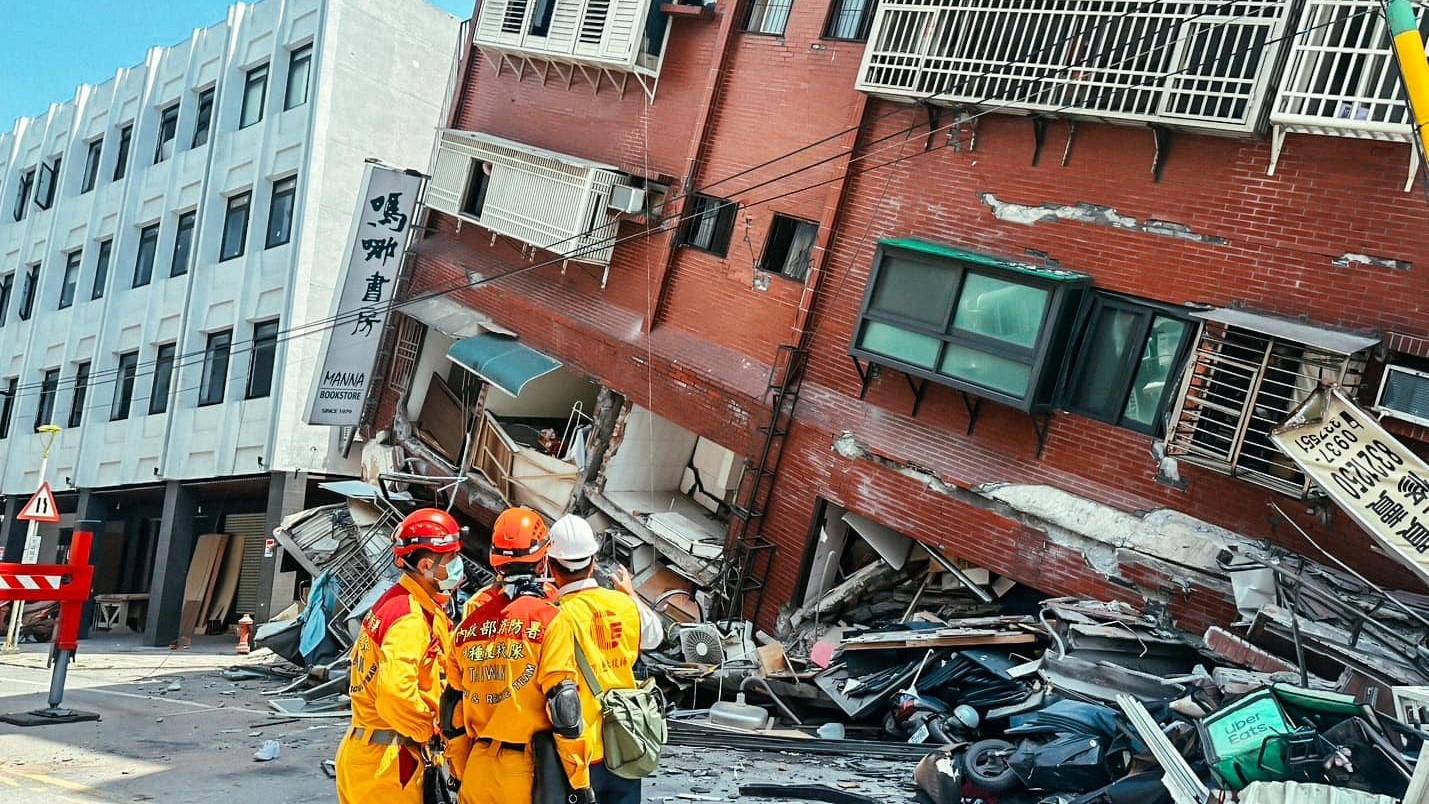Google has harnessed motion sensors on more than 2 billion smartphones to create an earthquake early-warning system that’s as effective as standard seismometers, a new study reveals.
Between 2021 and 2024, the company’s Android Earthquake Alerts (AEA) system captured more than 11,000 quakes through smartphone accelerometers and issued more than 1,200 alerts to Android users across 98 countries.
This system has led to a tenfold increase in the number of people with access to earthquake alerts, from 250 million in 2019 to 2.5 billion today. The researchers published their findings July 17 in the journal Science.
“Earthquakes are a constant threat to communities around the globe. While we’ve gotten good at knowing where they’re likely to strike, we still face devastating consequences when they do,” Google representatives wrote in a statement. “What if we could give people a few precious seconds of warning before the shaking starts? Those seconds can be enough time to get off a ladder, move away from dangerous objects and take cover.”
In recent decades, earthquake alert systems have been rolled out in countries such as China, Mexico, Japan, South Korea and the United States. Yet these systems, built using seismic stations as nodes, are expensive, meaning that most earthquake-prone countries have only regional coverage and many others have none.
Related: Predicting earthquakes is currently impossible. GPS data could help change that
To fill this coverage gap, the Google researchers designed the AEA system to use smartphone and smartwatch accelerometers to detect fast-moving P-waves, which typically precede more destructive S-waves during an earthquake. Using this sensor network, AEA can estimate the size of an earthquake and where it will hit, and then send warnings to users in the danger zone.
Breaking new ground
The researchers faced many challenges. Phone accelerometers are far less accurate than seismometers, so the team pieced together data from the sheer ubiquity of Android devices and their default logging of motion data.
Transforming these pooled signals into meaningful warnings required them to account for differences between devices and regional variations in geology and building layouts.
Now operating in several countries — including Greece, Turkey, the United States, Japan and Indonesia — the AEA had issued 1,279 alerts as of March 2024.
User feedback reveals that 85% of people who experienced an earthquake received an alert, with 36% getting one before the shaking started, 28% during and 23% after.
Only three of the alerts were false, with two being triggered by thunderstorms and another by an unrelated mass notification event that vibrated a number of phones.
But issues remain, especially in estimating the magnitude of large quakes, such as those that hit Turkey in February 2023. These tremors were significantly underestimated by the AEA, which the researchers attributed to flaws in algorithms and collection methods that they have since updated.
Events like this raise questions about lifesaving software being owned and operated by a tech giant, but Google insists its technology will merely “help supplement official warning systems” instead of replacing them.
“AEA demonstrates that globally distributed smartphones can be used to detect earthquakes and issue warnings at scale with an effectiveness comparable to established national systems,” the researchers wrote in the study. “Large earthquakes remain the most important and challenging for all EEW [earthquake early-warning] systems, and the global implementation of AEA supports efforts to improve detection with rapid, large-scale data collection and feedback to algorithms.”
